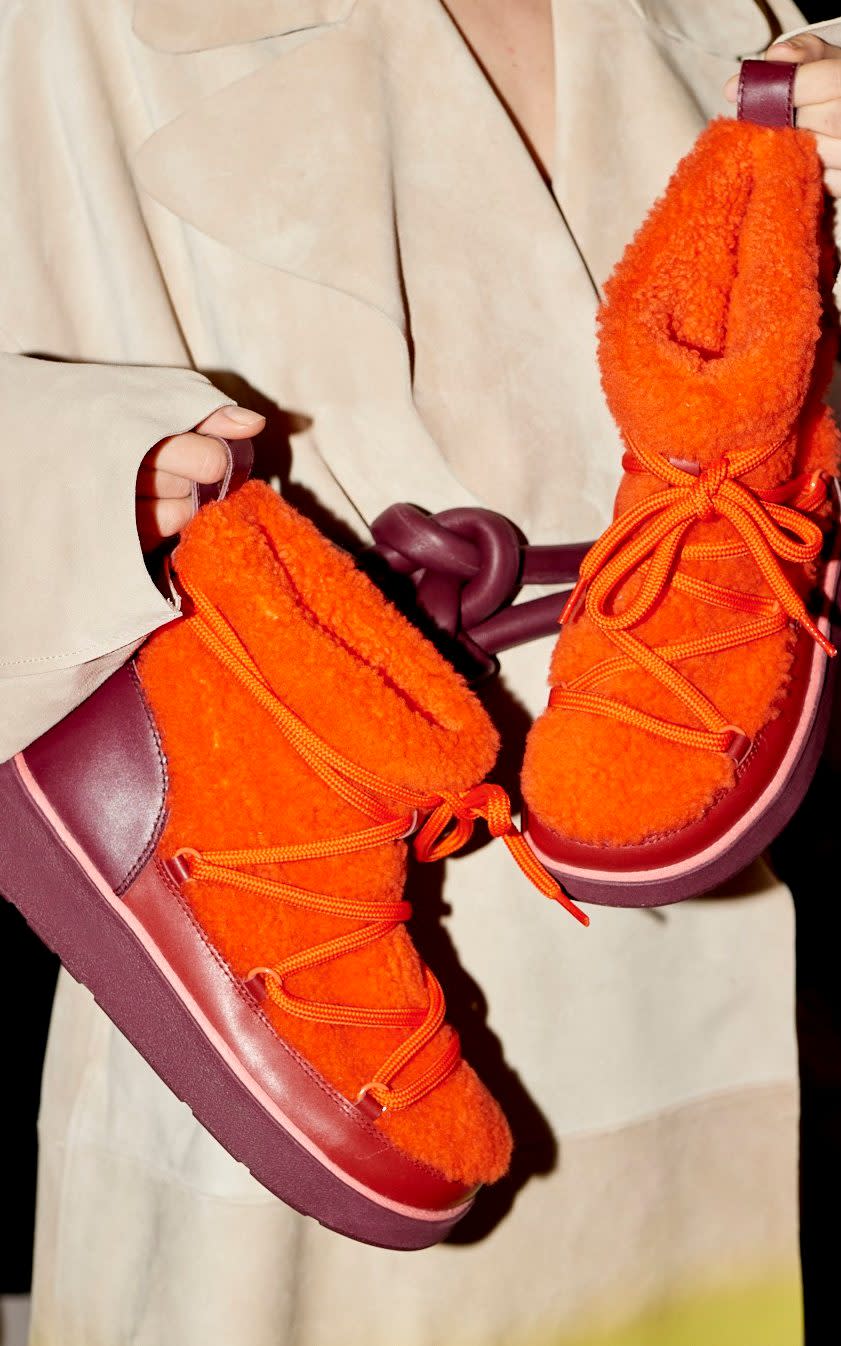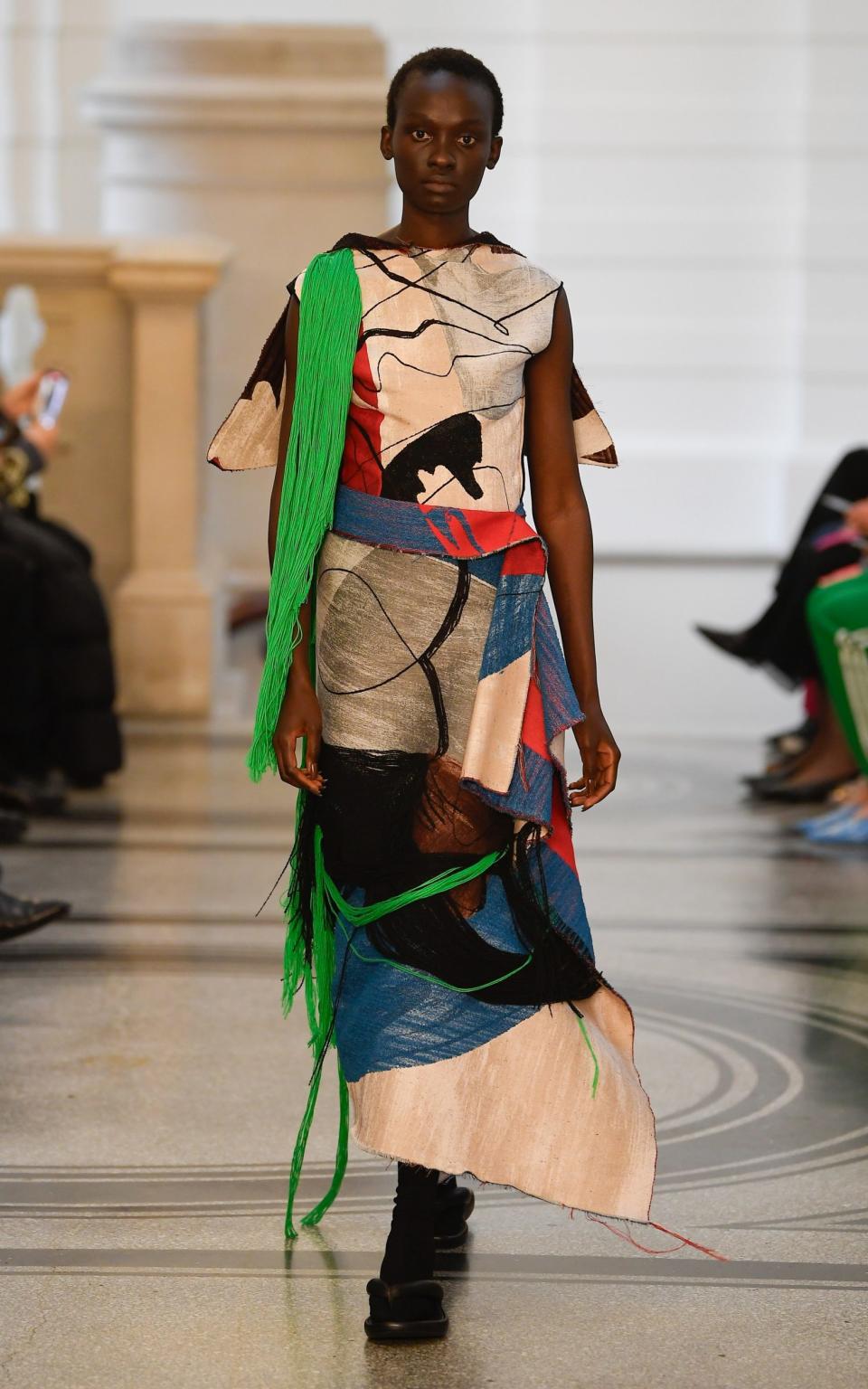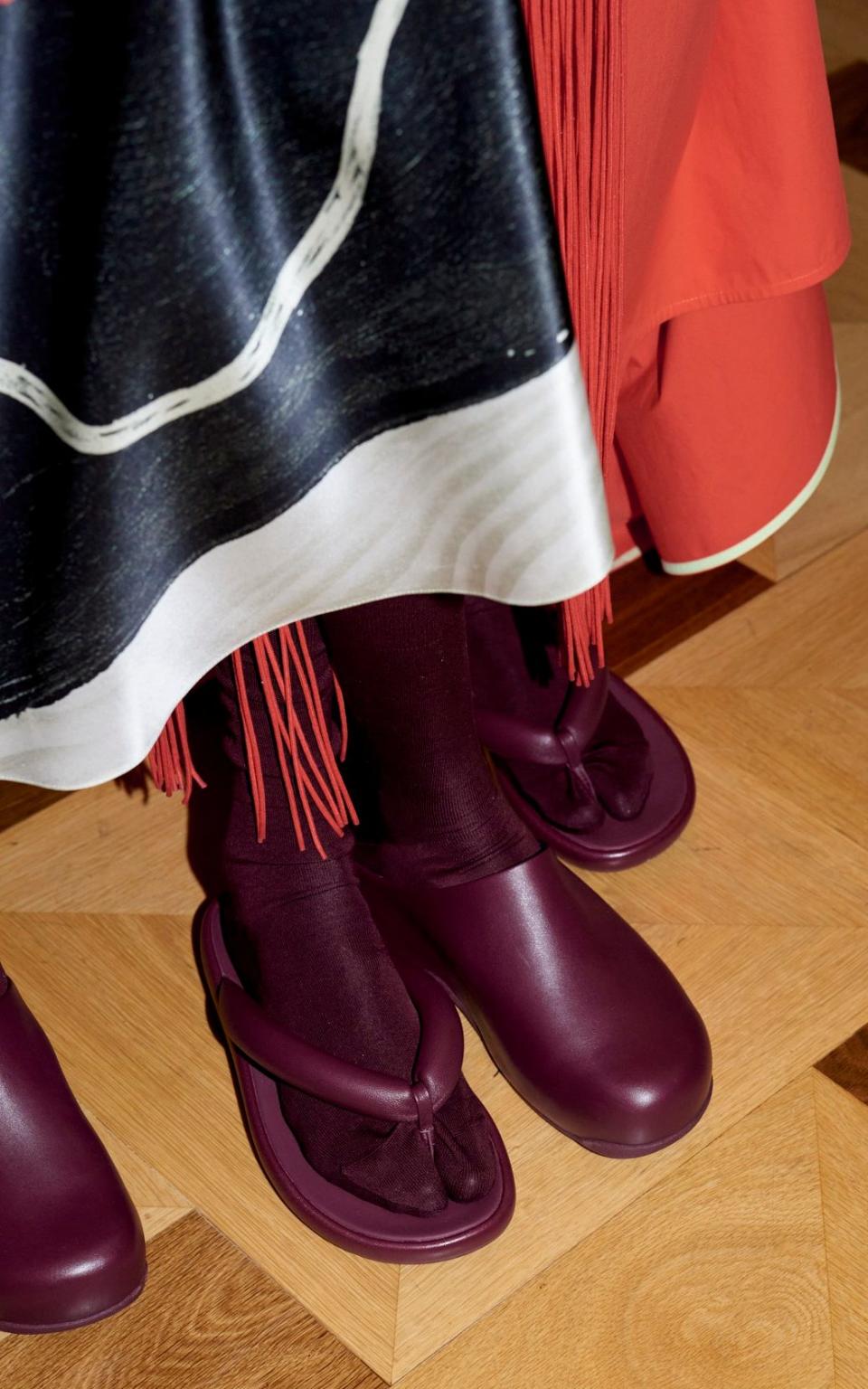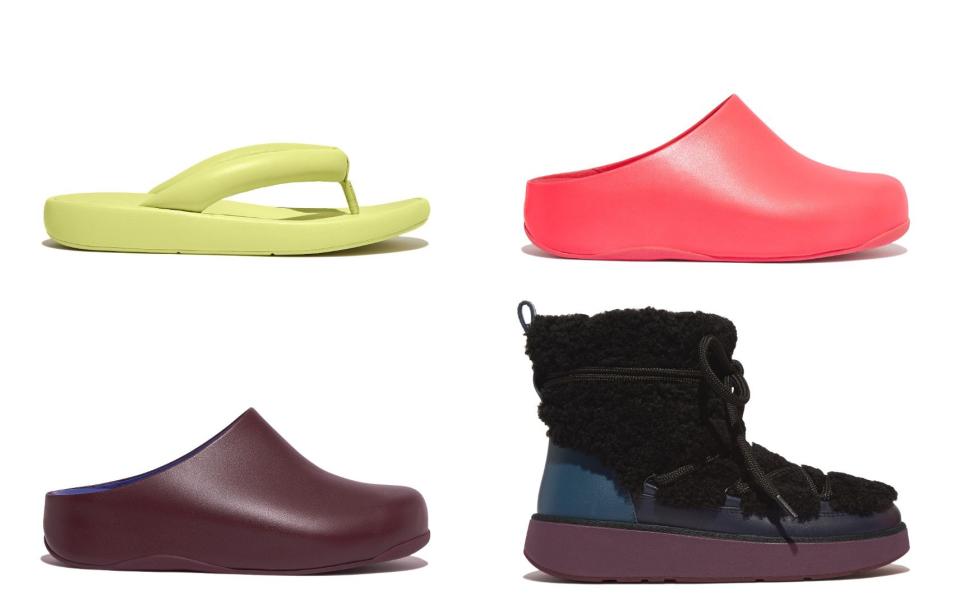How the comfort shoe hit the catwalk

“I get that people want to dress up again, but high heels in the office? That’s just archaic”.
This is Marcia Kilgore, the indefatigable Canadian-born serial entrepreneur, who launched the cult Bliss spas and beauty products back in the 1990s, then Soap and Glory, then, Beauty Pie and, 17 years ago, FitFlop.
The latter, if you hadn’t already surmised, is a footwear company that specialises in comfort, although because Kilgore is a talented saleswoman who writes most of the copy for her products, they don’t call it comfort, but engineering. And they test endlessly.

I don’t blame them for avoiding the c word. Comfort tends to be regarded with suspicion in the footwear industry – a synonym for frumpy. “It’s crazy,” says Kilgore, hitting her stride in every sense. “You can put a debilitating fashion shoe on a shop floor and the amount of damage it will do to all the people who buy it is endless. But no one’s going to stop you”.
It was one such fashionable shoe from an illustrious French house that gave her the spark of an idea for FitFlop. “It was 1999 and the opening party for Bliss, so I bought a really fabulous, crazy-expensive pair of shoes that I had to remove after one hour because they were so painful”. She delivered her speech barefoot.
More than 20 years later, Fit Flop is the unlikely go-to for Uma Thurman, Sam Mendes, Damon Albarn and Laura Bailey. Now, the designer Roksanda – who features three of Fitflop’s existing styles: the Shuv, a leather clog; the Gen-FF short sheepskin; and the iQushion, a Japanese-inspired leather fitflop, in her latest catwalk show during London Fashion Week – is unashamedly combining comfort with fashion and sprinkling some of her trademark arty, glamorous attitude onto FitFlop in the process, infusing them with her offbeat colour combinations.

This passion for flats is not because she’s 5 ft 11. “I love heels sometimes,” says Roksanda. “But I tend to save them for a trouser suit. Flats, for me, are what you wear with a long evening dress. I like opposites, but at the same time, I don’t believe in rules. Everyone should wear what makes them feel good.”
Despite being at the top of their respective games, both women are endearingly star-struck by one another. Roksanda (who thanks to her hard-for-Western-Europeans-to-pronounce surname of Ilinčić goes professionally by her first name alone) was immediately hit by Kilgore’s tour de force energy.
Kilgore in turn, says Roksanda “is… well, Roksanda. I don’t even really think of what she does as fashion. It’s timeless. It’s beautiful. It’s cool and so elegant yet it’s easy. But would I ever have picked up the phone to her if her creative director didn’t know my creative director and set it up for us? No.”

For luxury artisanal London fashion labels like Roksanda, collaborations with bigger brands can be a tempting source of income, especially while they’re still recovering from the pandemic. Stodgy megabrands are often keen to link up with much more interesting fashion creatives in the hope that osmosis will happen – sometimes to the detriment of both parties. Roksanda has been canny about her professional liaisons. Barbour, Fila, Lululemon and now FitFlop have all been about movement and technology that she wouldn’t normally access. “I really care about function and comfort and like to elevate it. Even my most glamorous of clients need to be practical some days.”
The technology she discovered at FitFlop was impressive, as you’d expect. It took Kilgore years just to work out what kind of person she needed to come up with the first prototypes. “Initially I thought I needed a shoe designer but while they can create beautiful footwear, they don’t have a clue how it interacts between the body and the ground”. She visited universities all over the UK, met biomechanics and scientists. “47,000 miles later, I found the right team at London’s South Bank University”. Even then, the first prototype looked like “a foamy lump of coal with two ropes. I said ‘I don’t care if that thing is an entire yoga class for my body. It’s hideous’.”
Seventeen years on, the British-based brand, which has its own in-house team of biomechanics and now includes a children’s range, sells in 73 countries and last year secured £30 million of funding to turbocharge its launch in the US, is not a conventional beauty. There are no heels or dainty toes. If you don’t like flatforms, there’s nothing for you to see here.

But if you do, you’re in for a foot massage the whole time you’re wearing them. Without getting too technical, this is largely thanks to a patented micro “wobble-board” embedded in the thickest cushioned soles that works with the body’s alignment. Over the years, FitFlops have added slimmer soles which have different technologies. They’re all comfortable, although even at FitFlop a thong between the toes still requires wearing-in.
The key to happy feet, according to Kilgore, “is that as much of the foot as possible comes into contact with the ground – although not slabs of hard pavement. That’s where a good shoe comes in. Our wobble-boards recreate the feeling of walking across soft earth.” Contact with the ground stimulates the nervous system. “There’s a corresponding point for every organ in the body,“ says Kilgore (this is the central tenet of reflexology). “If you stimulate those points on the body, you stimulate all the systems of your body”.

I tell her I’m surprised that the Shuv is backless, as I thought anatomically, the ideal is maximum support right up to the ankle. “That’s a misconception. What matters is that a foot should be able to flex fully. Having your heel encased in something that doesn’t hold it properly is actually not good for your gait. So a well-designed backless shoe that frees the heel to naturally land where it wants is better. If I’m in my office I’ll wear the backless ones in winter.”
While the rise of the “ugly” fashion shoe cleared a path for FitFlop to get onto more style-conscious feet, no one has so far been able to copy FitFlop’s technology. That’s a good thing obviously, “but frankly I’m amazed that with all this focus on wellness, we still ignore the health of our feet,” say Kilgore. She thinks has to change. “All we need to do is tune in to how much better we feel when our feet are looked after. It’s an instinct we still have. After all, we were barefoot a lot longer than we’ve been in shoes”.


